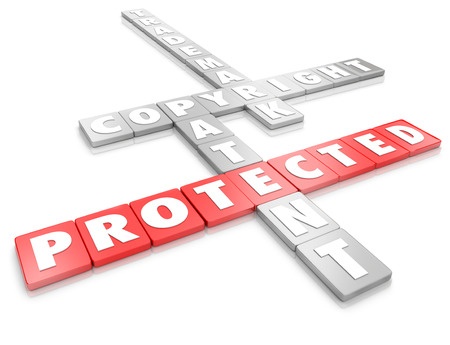It’s Time to “Get Smart” About the SMART Copyright Act – What it Means for Copyright and Patent Holders
Overview

The Digital Millennium Copyright Act (DMCA) was intended to give copyright owners protection against online infringement and service providers a safe harbor when service users infringe copyrights in works displayed online. The DMCA provided that safe harbor, but only if a service provider did not interfere with the “standard technical measures,” or “STMs,” used to identify and protect copyrighted works. Here is where KAOS saw its chance – STMs went undefined and service providers continued operating as normal.
It’s the old “bill with a catchy acronym” trick.
The Strengthening Measures to Advance Rights Technologies Copyright Act of 2022 (SMART Act) seeks to introduce an agent…or element… of control. The SMART Act presents a new section to the DMCA setting forth a process by which the Librarian of Congress is to solicit, review and approve proposals for technical measures, ultimately establishing them as “designated technical measures” (DTMs). Service providers would be required to accommodate and not interfere with DTMs or face a civil action by a copyright owner.
Missed it by that much…
In its current form, the SMART Act retains the language of the DMCA’s original safe harbor for service providers but creates a chaotic playbook for authorizing and implementing DTMs. With this uncertainty, it’s unlikely the SMART Act will be passed as is. What the SMART Act does do is open a dialog. The flaws of the DMCA have been apparent, and it is generally agreed that more is needed. By getting smart about the SMART Act now, content creators, copyright holders, service providers and service users are prompted to remove the cone of silence and engage in meaningful conversations.
It’s time to “Get Smart.”
Should the current language, or some modest variation, of the SMART Act become law, it is possible that copyright-infringing electronic material could be identified by copyright holders more quickly and easily. In today’s world, it’s unfortunately not uncommon for people and businesses to simply borrow images found online. It shouldn’t happen, but it does. While many potentially-infringing uses of others’ content go unnoticed, the implementation of DTMs by service providers could significantly increase the number of times these uses are caught.
Would you believe….
The SMART Act is intended to address copyright issues, but it may have ripple effects in the world of patents. What is a STM or DTM in the future is unknown, but such technology, or at least parts of it, will likely be the subject of one or more patents. These are called “standard-essential patents” or SEPs. SEPs pose a problem when it is necessary for third parties, such as service providers in this case, to have access to the technology in order to function. The SMART Act requires that service providers have access to DTM-technology on a non-discriminatory and royalty-free or reasonably royalty basis, but it stops short of requiring compulsory licenses to service providers. Patent holders could see this as an opportunity to define a “reasonable royalty,” making these patents potentially very profitable. Alternatively, if the patent holder is also a service provider, the patent holder could attempt to benefit by limiting competition. By refusing to license its DTM technology to other service providers, the patent holder could prevent, or greatly restrict, other service providers from operating in the marketplace.
This is KAOS. We don’t hide the take-away here.
Even though it’s unlikely the SMART Act will be enacted as is, the discussions amongst key players are open, and something is going to change. Businesses should start preparing now by training content creators on the do’s and don’ts of finding images and other content for use in company materials and implementing a review system to check for potential liabilities.
As for the world of patents – yes, well…if more is not provided on this topic, KAOS may have found a new headquarters.
